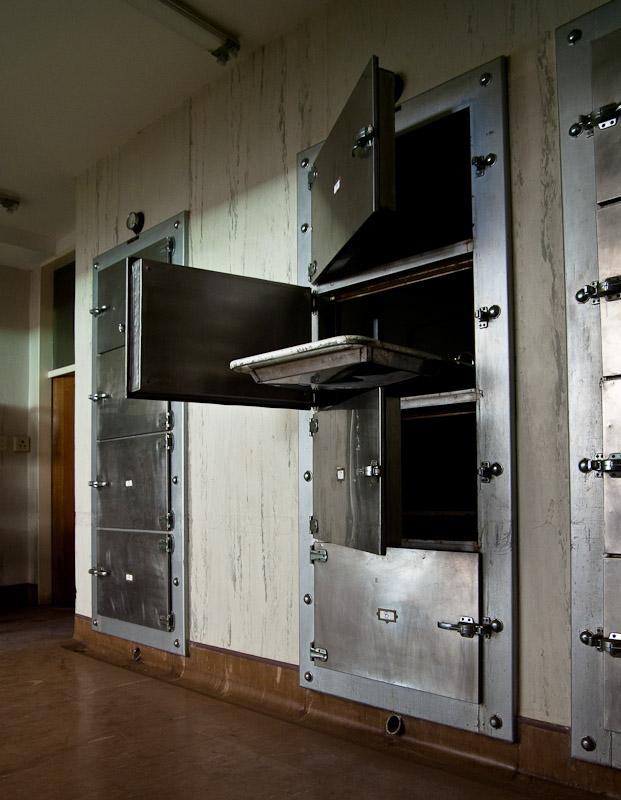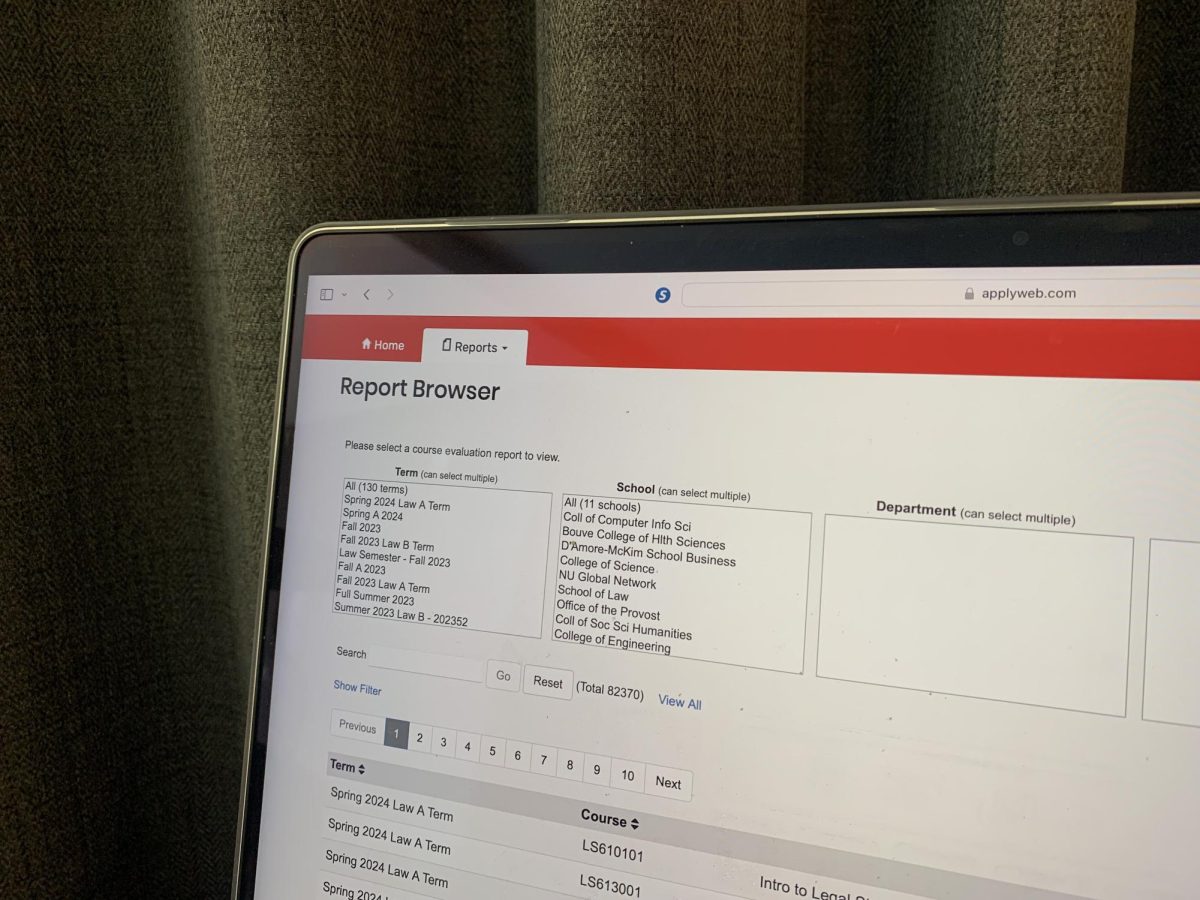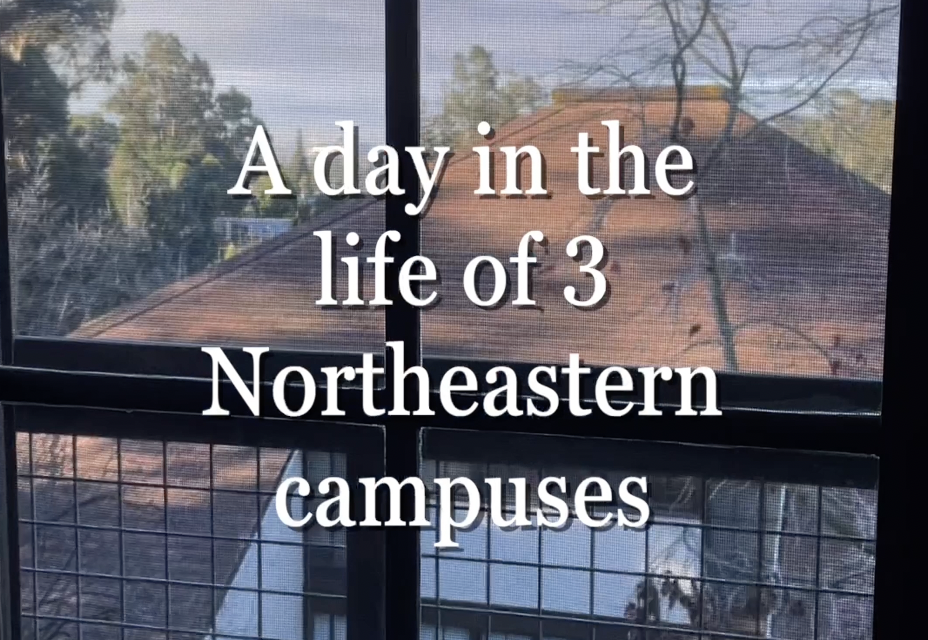By Caroline Boschetto, news staff
The Massachusetts Office of the Chief Medical Examiner (OCME) has been struggling to chisel away at its backlog of cadavers that need to be autopsied and issued death certificates. The office began accruing this backup in 2006 due to a shortage of medical examiners and an increase in cases, according to the most recent annual report by the OCME.
This problem has had financial and emotional impacts on the loved ones of the deceased and has hindered public health efforts, but a new plan created last fall to increase processing rates has yielded positive results.
“Additional medical examiners are needed to handle the volume of cases this office examines, but recruiting forensic pathologists from other states has been problematic,” Dr. Henry M. Nields, chief medical examiner of Massachusetts, said in the annual report.
According to the OCME, the office’s job is to investigate “the cause and manner of death in unexpected, violent or suspicious deaths.” All other death cases are typically handled by hospitals.
The OCME’s most recent 90 Day Turn Around Time (TAT) Progress Report, issued on Feb. 19, states that 19.2 percent of the office’s 5,393 cases from 2015 are still pending death certificates, and 47 percent of the cases requiring autopsies have incomplete reports. Furthermore, 1 percent of the office’s 4,952 cases from 2011 are still pending death certificates, and 15.6 percent of the cases requiring autopsies have incomplete autopsy reports.
According to data from this report, which was sent to The News by Felix Browne, the media relations manager for the OCME, there was a steady increase in annual cases accepted by the OCME from 2011 to 2014, with only a slight drop in case numbers between 2014 and 2015. In 2015, the OCME accepted 441 more cases than it did in 2011. Increases in caseloads have put a strain on the office’s budget.
“Most offices don’t get a budget that’s by-the-case,” Dr. David Fowler, president of the National Association of Medical Examiners (NAME), said. “You get ‘x’ number of dollars per year, and you have to make do.”
The OCME’s annual report, issued on Jan. 15, showed that at that time, the office employed nine full-time medical examiners, two part-time staff medical examiners and two contract medical examiners. The office’s management review team recommends the office employ a total of 17 examiners to run efficiently.
The lack of medical examiners is largely due to the fact that forensic pathologists working for state offices are paid far less than hospital pathologists, Fowler said.
According to ForensicScienceCareers.net, government forensic pathologists can earn $75,000 to $150,000 annually, while private sector hospital pathologists earn salaries starting at $200,000.
Additionally, training to become a forensic pathologist requires 13 years of higher education, while training for hospital pathologists requires only 12 years.
“If you’re in debt, why would you go and do forensic pathology which requires more training than the general pathology?” Fowler said.
He also expressed his concern about the aging workforce of medical examiners in the country.
“A lot of us are starting to get closer and closer to retirement,” he said. “The rates at which we lose forensic pathologists right now is about equal to what we’re training, but at some stage it’s going to exceed it.”
According to its annual report, the OCME implemented a plan on Oct. 26 of last year to increase the speed of autopsy report completion and to cut down on the backload of cases. The plan involved hiring 12 additional staff members to assist medical examiners. Since the implementation of the plan, 79.6 percent of autopsies were completed within 90 days. In 2014, only 28 percent of autopsies were completed within 90 days.
In order to receive full accreditation from the NAME, Massachusetts’s OCME must complete 90 percent of its cases within 90 days, according to the NAME’s most recent Accreditation and Inspection Checklist. Fowler said that accreditation serves as assurance to staff members, citizens, the government and jury members that they “can reasonably expect an accurate, good outcome from every investigation.”
Nields said in this year’s annual report that in order to increase the speed of examinations, the OCME’s pathologists have also increased the number of cadavers that receive external examinations and decreased the number that receive autopsies, which take more time. In 2006, the OCME’s pathologists performed autopsies on 80 percent of cases. In 2015, that number dropped to 46 percent of cases.
Fowler said the OCME’s lack of speed in completing autopsy reports and death certificates prevents the deceased’s families from reaching closure on several levels.
“When you talk about closure, you’re talking about bereavement,” Fowler said. “You’re talking about the psychological closure and understanding. You’re talking about potentially getting medical screening for family members who may have inherited a congenital disease.”
Additionally, the absence of a completed autopsy report can prevent a family from receiving life insurance payouts, which can be especially devastating if the deceased was a primary breadwinner, Fowler said.
Fowler said that a timely completion of autopsy reports is also necessary to give public health offices important information about health trends such as drug overdose rates.
“If you have to wait six months before you get your toxicology back or longer […] by that stage, it’s old information and doesn’t help you to do any rapid interventions,” Fowler said.
He said government control over medical examiner offices’ budgets hinders their ability to hire new pathologists and improve autopsy rates.
“The government has to provide adequate resources, and then it can hold the staff of the offices’ feet to the fire and say ‘We gave you enough, now you need to use it wisely and efficiently,’” Fowler said. “You’ve got to have enough resources thrown at [the offices].”
The office’s need for staffing and funding increases were apparent in 2007 when the wrong body was released to a family, Nields stated in the 2016 annual report.
According to the most recent federal report by the Committee on Identifying the Needs of the Forensic Sciences, there are 400 to 500 full-time forensic pathologists in the US. The committee stated that there is a national need for about 1,000 pathologists.
“There are many forensic pathologists around the country who do superb work because they love doing it,” Fowler said. “They need more resources and […] really are under the gun trying to do the best they possibly can in the circumstances they find themselves.”
Photo courtesy Pavel Tcholakov, Creative Commons















